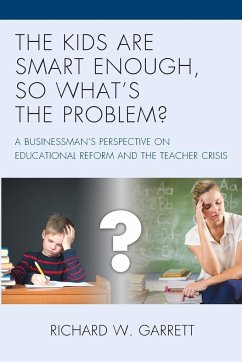
What's the Good of Education?
The Economics of Education in the UK

PAYBACK Punkte
32 °P sammeln!
Volumes have been written about the value of more and better education. But is there sufficient evidence to support the commonly held belief that we, as individuals and as a community, should be investing more in education? This book explores that question in unprecedented detail, drawing on empirical evidence from an impressive array of sources. While much of the focus is on the educational system in the United Kingdom, the book offers lessons of international applicability. A state-of-the-art compendium on education policy and its impact on educational attainment, the book examines numerous ...
Volumes have been written about the value of more and better education. But is there sufficient evidence to support the commonly held belief that we, as individuals and as a community, should be investing more in education? This book explores that question in unprecedented detail, drawing on empirical evidence from an impressive array of sources. While much of the focus is on the educational system in the United Kingdom, the book offers lessons of international applicability. A state-of-the-art compendium on education policy and its impact on educational attainment, the book examines numerous large-scale data sources on individual pupils and schools. The questions the book considers are far-ranging: How much do teachers matter for children's educational attainment? What payoff do people get from acquiring more education when they enter the labor market? How well do education systems function to provide employers with the skills they want? The book concludes by issuing some strong policy recommendations and offering an evaluation of what does and does not work in improving educational attainment. The recommendations address such issues as school effectiveness, education financing, individual investment in education, government education initiatives, higher education, labor market rewards, and lifelong learning.













